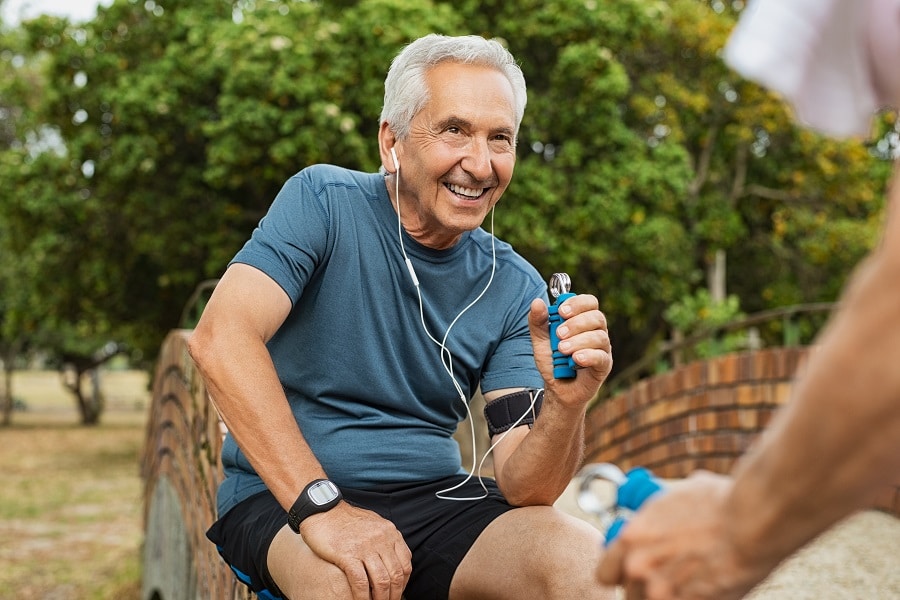Almost everyone has experienced a sort of tiredness and pain in their legs at some point or another. Such an issue is often faced by those who spend most of their time in a standing position or those who are used to a sedentary lifestyle. However, to ease this leg pain, various special physical practices can help you relieve these pains. They do not take a lot of time, but they can make a significant difference if you do them regularly and correctly. In this particular write-up, we shall discuss some of the most effective exercises to help you achieve a sense of relaxation in your leg muscles.
Quad Stretch

This exercise majorly targets the quadriceps, the muscle group near the thighs, and is usually activated while walking, running, or practicing lunges. For doing this stretch:
- Stand straight so that your side is touching the wall, and your hands are placed on the wall to provide support.
- Hold your outer foot with your external hand, lift your foot upwards at your rear end, and keep your thighs and knees together. You will sense a gentle pull in front of your thighs.
- After that, wait for a relaxing breathing cycle, and then practice the same for the other leg.
Hamstring Stretches
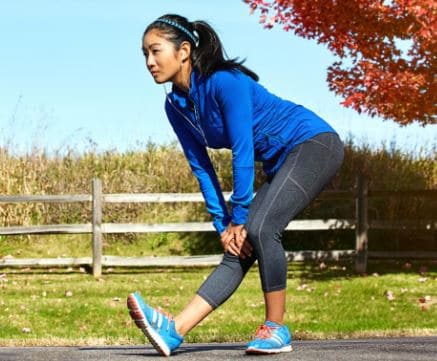
Hamstrings muscles are positioned along the back of the upper leg, moving from the thighs to the knees. They allow you to bend your knees and push your hips. They are generally used while playing sports or running.
To practice this stretch:
- Position your left foot such that it is in front of you.
- Hinge at your waist, lean your torso ahead towards the extended left leg and then bend the helping knee.
- After that, flex your left ankle slowly so that the toes are pulling up, approaching the body.
- Hold for a breathing cycle in relaxation mode, and then do the same with your right foot.
Supine Leg Stretch
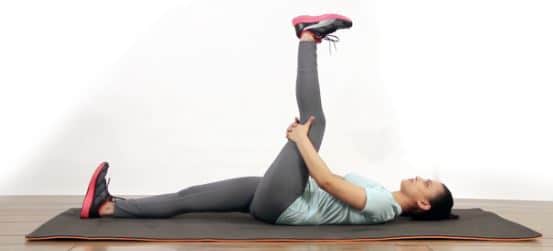
This stretch targets the lower back, hamstrings, calves, and ankles. These areas are applied in daily activities, running, biking, etc. To execute this stretch:
- Lie down on your back and bend your knees so that the feet are landed flat on the floor.
- After that, keep one knee bent and hug it towards your body.
- Kick that leg upwards at a slow pace, straighten it, and then pull it towards your torso until a relaxing muscle strain is felt behind your leg.
- Next, practice flexing the foot three times and do three ankle circles per direction.
- Slowly lower the leg and practice the same with your opposite leg.
Inner Thigh Stretch
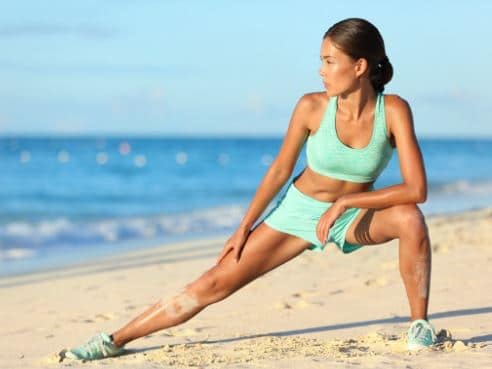
The inner thigh muscles assist in stabilizing the hip and knee joints. Exercises that specifically target the inner thighs are often advised for toning and strengthening of the legs.
To stretch the inner thighs:
- Firstly, stand with an extensive stance.
- Next, keep your right knee bent as you shift the entire body in the right direction until you sense a stretch in the left inner thigh.
- Hold for a breathing cycle and then move your body weight to the opposite side and practice the same with the left leg.
Static Lunge
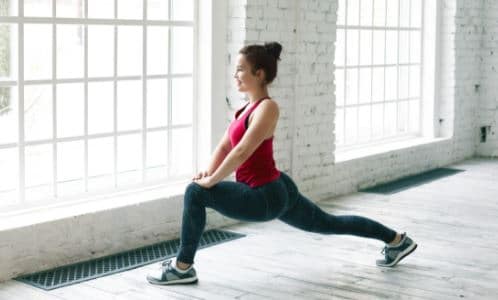
This exercise will majorly assist you in building strength in the larger muscle groups of your legs and developing balance and core stability.
To do this:
- Stand straight by keeping all the muscles in the body tense, your core tightly engaged, and your shoulders back.
- Next, split and move your left leg backward in a regular lunge position.
- After that, lower your body into a deep lunge without allowing your bending knee to touch the ground.
- You should lower your body until you are merely two inches above the ground. Hold this position for three seconds and then move back to the starting point and practice ten reps with the same leg. Later, do the same with the other leg.
Conclusion
Leg pain, knee pain, muscle cramps, and sore muscles are just some of the many commonly experienced physiological issues often faced by those who work their legs the most either in their daily activities or athletic performances. The stretches mentioned above can help you relieve most of the leg muscle soreness and pain up to a great extent. However, if the pain persists, you may consider utilizing some anti-inflammatory properties or opting for physical therapy by a trained professional before the issue gets exceptionally severe.
